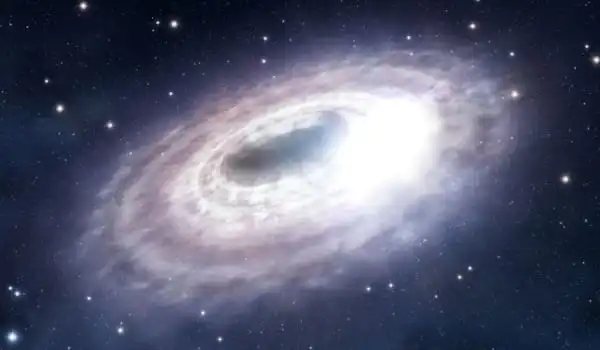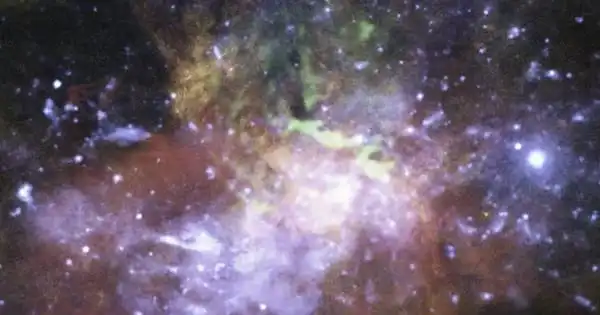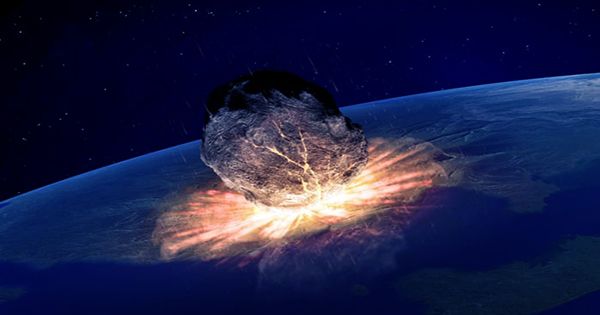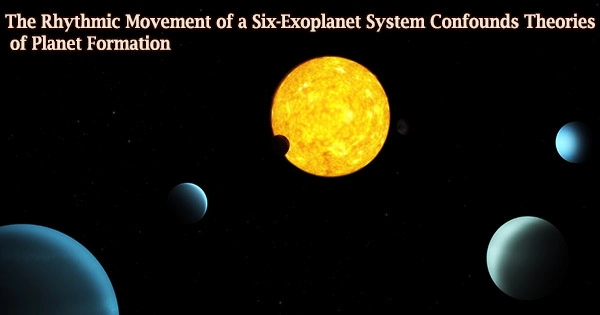A black hole isn’t just empty space. Rather, it is a large amount of matter packed into a very small area – imagine a star ten times more massive than the Sun crammed into a sphere the size of New York City. As a result, nothing, not even light, can escape the gravitational field. NASA instruments have recently painted a new picture of these strange objects, which many consider to be the most fascinating objects in space. Researchers discovered that Sagittarius A, the black hole at the center of our galaxy, not only flares irregularly from day to day, but also in the long term.
An international team of researchers led by postgraduate student Alexis Andrés discovered that the black hole at the center of our galaxy, Sagittarius A, flares not only irregularly from day to day but also over time. To reach this conclusion, the team analyzed data from the previous 15 years. Andres began the research while a summer student at the University of Amsterdam in 2019. He continued his research in the years that followed, and it is now set to be published in Monthly Notices of the Royal Astronomical Society.
The exact cause of the flares is unknown. Previously, it was thought that more flares would occur after gaseous clouds or stars passed by the black hole, but there is no evidence for this. We also cannot confirm the hypothesis that the magnetic properties of the surrounding gas play a role.
Dr. Jakob van den Eijnden
Sagittarius A is a powerful radio, X-ray, and gamma ray source (visible light is blocked by intervening gas and dust). For decades, astronomers have known that Sagittarius A flashes every day, emitting bursts of radiation tens to hundreds of times brighter than normal signals observed from the black hole.
To learn more about these mysterious flares, the astronomers, led by Andrés, combed through 15 years of data from NASA’s Neil Gehrels Swift Observatory, an Earth-orbiting satellite dedicated to detecting gamma-ray bursts. Since 2006, the Swift Observatory has been observing gamma rays from black holes. The data analysis revealed a period of high activity from 2006 to 2008, followed by a period of sharp decline for the next four years. After 2012, the frequency of flares increased again, making it difficult for the researchers to identify a pattern.

The remnants of a large star that dies in a supernova explosion are the source of the majority of black holes. (Smaller stars collapse into dense neutron stars, which lack the mass to trap light.) If the total mass of the star is large enough (three times the mass of the Sun), it is theoretically possible to demonstrate that no force can prevent the star from collapsing under the influence of gravity. However, something strange happens as the star collapses. As the star’s surface approaches an imaginary surface known as the “event horizon,” time on the star slows in comparison to time kept by observers far away. When the surface of the star reaches the event horizon, time stops and the star can no longer collapse – it is a frozen collapsing object.
The astronomers hope to collect enough data in the coming years to determine whether the variations in Sagittarius A flares are caused by passing gaseous clouds or stars, or if something else can explain the irregular activity observed from our galaxy’s central black hole.
“The Swift observatory’s long dataset did not happen by chance,” says co-author and previous supervisor to Andrés, Dr Nathalie Degenaar, also of the University of Amsterdam. Her request for these specific Swift satellite measurements was granted while she was a PhD student. “I’ve been applying for more observing time on a regular basis since then. It’s a unique observing program that allows us to conduct extensive research.”
Dr. Jakob van den Eijnden of the University of Oxford, a co-author, comments on the team’s findings: “The exact cause of the flares is unknown. Previously, it was thought that more flares would occur after gaseous clouds or stars passed by the black hole, but there is no evidence for this. We also cannot confirm the hypothesis that the magnetic properties of the surrounding gas play a role.”
















